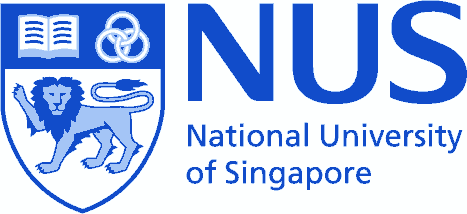Quantum Random Numbers
Random numbers have many applications, from classical or quantum cryptographic schemes to Monte Carlo simulations. To generate random numbers at a high rate, computer algorithms are typically used, but since they are predictable, they are unsuitable for secure communication scenarios.
Our approach is to perform measurements of a quantum noise source and utilize an efficient randomness extractor to remove the residual bias or correlations and thus generate "truly" random numbers at a high rate. The source of quantum noise are the vacuum fluctuations of the electromagnetic field in a certain mode which are intrinsically unpredictable, and inaccessible to an adversary.

Experimentally, we measure the vacuum fluctuations of the electromagnetic field via a homodyne technique which involves superimposing the vacuum field with a local oscillator (laser beam) as shown in the schematic above.

The measurement output is passed on to a randomness extractor which produces an output stream of numbers with a uniform distribution at a reduced rate. Unlike typical randomness extractors based on cryptographic hashing functions which are slow due to their complexity, our Linear Feedback Shift Register (LFSR) based extractor is significantly fast and lean on resources.
The LFSR-based extractor does not sacrifice any of the security of cryptographic hashing, and is shown to be equivalent to the Toeplitz matrix hashing function. We have integrated the optics and electronics into a compact device that outputs a random bit stream of about 480 Mbits/s, currently limited by the USB2 serial bus speed.
Read the paper:
Yicheng Shi, Brenda Chng and Christian Kurtsiefer. Applied Physics Letters 109, 041101 (2016),
arXiv:1602.08249

